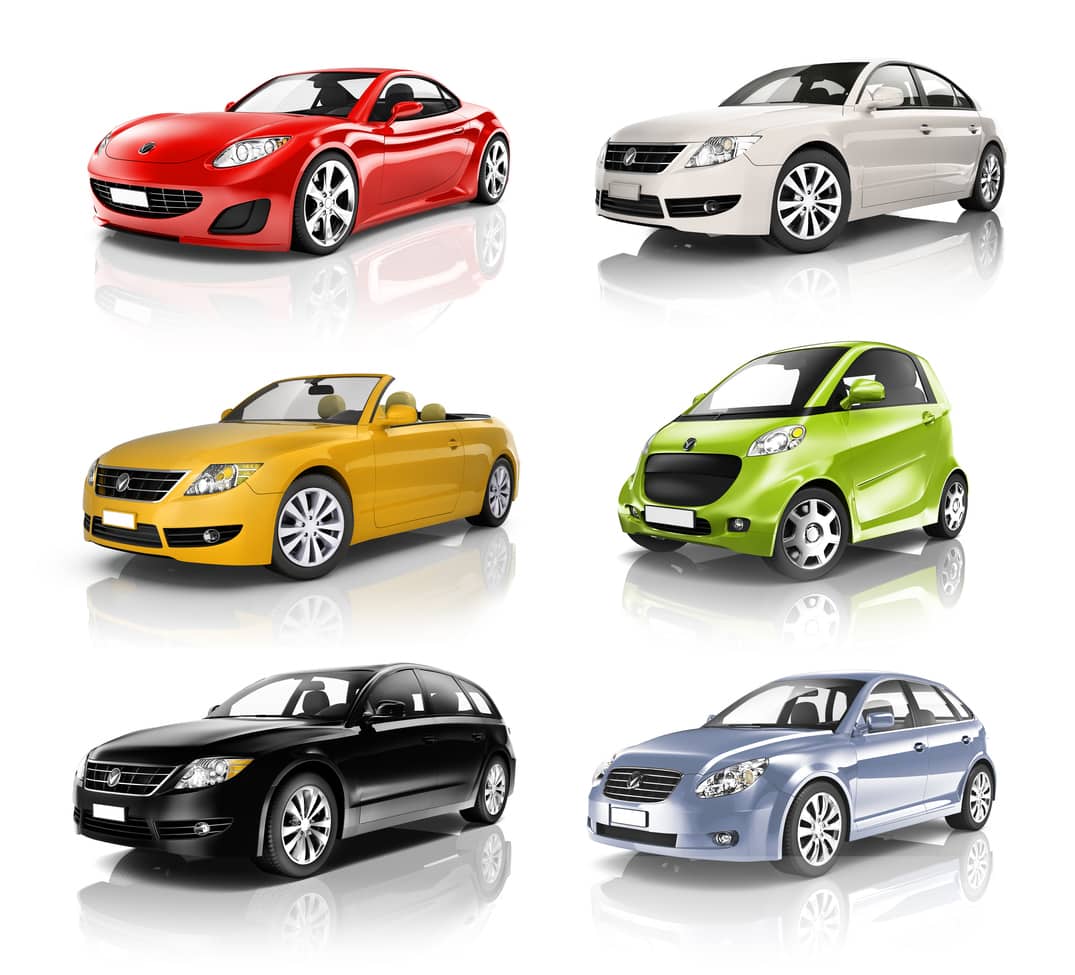
You may have heard of the saying “Safety first”. When it comes to buying a new car, some research suggests consumers are actually saying “Safety third”. Vehicle cost and fuel efficiency are often the most important factors people use when weighing their options, and many consumers say they are content with standard safety features mandated for all new cars.
While price and fuel economy are obviously significant matters to consider, if you’re in the market for a new or used motor vehicle, take some time to think about how safety features protect what’s priceless: you, your family, your passengers, and other people on the road. In this blog post, we examine some of the design and safety features to consider when buying a car.
Structural Concerns
Collision testing by government regulators and safety associations focuses on a vehicle’s ability to withstand impact in several types of crashes. In general terms, smaller, lighter cars are less able to maintain their structural integrity after a crash than larger, heavier ones because there is less material to absorb the force of the crash. The force of a crash on a vehicle’s occupants is also usually greater in smaller vehicles.
When looking at safety recommendations and ratings, pay attention to the vehicle’s “crumple zone,” the strength of a roof to remain intact in a rollover, and the strength of a side structure to protect from side impact accidents.
The Newest Features
Motor vehicle manufacturers know that regardless of exactly where it falls on the list of factors you consider when buying a car, safety is important. As a result, designers continue to include the latest safety technology as upgrades for higher-end vehicles; eventually these safety technologies become common or standard in mid-range and less expensive vehicles as well. Whether these features are “worth it” may depend on your particular needs as a driver.
Warning and sensing systems are some of the most recent examples of this technology. Warning systems inform drivers through audio or visual alerts if they are at risk of a forward crash or lane departure. A front crash prevention system can even deploy autobrakes if sensors detect an imminent crash before a driver can react. Rearview camera technology allows drivers to see or be alerted to obstacles they may not have otherwise noticed while backing up. While these features have reduced collisions and accidents by providing an extra safeguard, it’s important to remember that a driver must never rely on technology completely while operating a vehicle.
Another recently emerging feature called a “Heads Up Display,” allows drivers quick forward facing access to information such as speed, fuel levels and safety warnings. Rather than taking their eyes off the road to look down toward the dashboard controls, this feature helps to minimize distractions while driving. Electrochromatic or auto-dimming mirrors also help drivers to avoid distracting bright-glare of headlights in their rearview or side mirrors.
Innovations in Standard Technology
Over time conventional safety features such as seatbelts have become well known to reduce injuries or accidents that they become standard or mandatory in vehicles. But this doesn’t mean that all standard features are created equally, so it’s worthwhile to investigate improvements to these features.
Seatbelts: Although all seats in vehicles are required have safety belts, their design and effectiveness varies. A three-point seatbelt, rather than an over-the-lap belt, is the safest design. Moreover, look for height-adjustable belts to ensure all passenger sizes are accommodated and “pretensioners” that reduce excess slack. In collisions, snuggly-fitted belts can reduce the seriousness of an injury.
Headrests and restraints: Adjusting a seat’s headrest to the appropriate height of the driver or passenger can substantially reduce soft tissue injuries to the neck and back such as whiplash. Newer vehicles have introduced active head restraints that adjust automatically.
Airbags: Both front and increasingly side airbags come standard in cars, but recent innovations have improved their relative safety. Advanced sensors in newer models can detect the size and seat position of an occupant and the severity of a crash in order to determine how much to inflate. You may also want to consider a vehicle that has an on-off switch for airbags. Although physicians overwhelmingly support airbags in vehicles to prevent injury, Transport Canada has noted that they do not recommend active airbags for drivers with scoliosis or achondroplasia, or for passengers with scoliosis, Down syndrome and atlantoaxial instability, or for children or infants with medical conditions that require them to ride in the front passenger seat in order to be monitored.
Anti-lock brakes and electronic stability control: When driving in slippery conditions, anti-lock brake systems allow a driver to maintain more control and minimize skidding when braking. A more recent innovation, electronic stability control automatically applies brakes or reduces an engine’s power to keep a vehicle moving in the proper direction and reducing the risk of rollovers.
Do Your Own Research
Car dealership salespeople can be very helpful when you’re weighing features in different models and makes of cars, but they may not always be aware of all safety features available or ones that will best protect you and your passengers.
Organizations representing auto insurance providers, who have strong interest in minimizing losses due to claims for property damage, or medical and rehabilitation costs, provide detailed information on how different vehicles have performed on the road. Both the Insurance Bureau of Canada and the U.S.-based Insurance Institute for Highway Safety (IIHS) use versions of a stoplight-colour rating system to quickly show consumers if a vehicle performs relatively well or poorly compared to others on the road for a variety of factors, including collisions. Generally, vehicles with green ratings in a variety of categories are likely to reduce your insurance premiums and be recommended as top safety picks.
Other Factors
Speaking of colour, did you know that research has found certain colours of cars are statistically more or less likely to be involved in collisions? A 20-year study by Monash University Accident Research Centre, found that black cars are 47% more likely to be involved in crashes. Grey, silver, red and blue cars have also been found to be more prone to low-visibility. While yellow, gold, and especially white cars are less likely to be involved in crashes. Environmental factors were also associated with the level of risk.
However, researchers caution that this risk should not be overblown. While driving a darker or lower-visibility colour car can increase your risk of being involved in an accident, driving behaviour (including speed and alertness) are much more important to increasing road safety.
Conclusion
As important as it is to exercise good driving habits to minimize the risk of accidents, take time to consider what other safety features are available to you to offer some additional protection to your most precious cargo. Always keep an eye on Transport Canada’s Motor Vehicle Safety Recalls Database to monitor any safety-related issues requiring action. A safety-conscious driver and a safe vehicle always contribute to a safer drive.
For more car accident prevention tips, you may also be interested in reading, “Car Accident Prevention Tips: Five Inspections To Keep Your Vehicle Road Ready.”
For more information on the severe injuries that can result from car accidents caused by unsafe vehicles, contact HSH Founding Partner and personal injury lawyer James R. Howie at jrhowie@hshlawyers.com or 416-361-3551.






